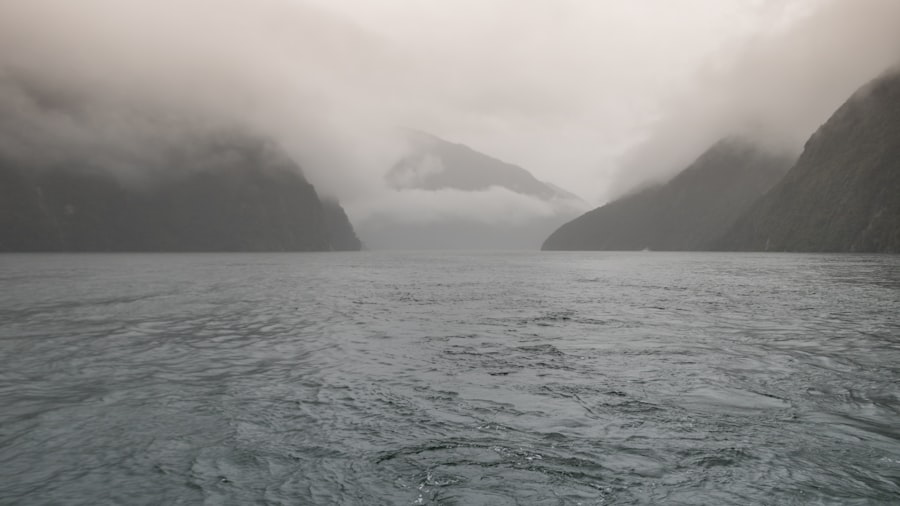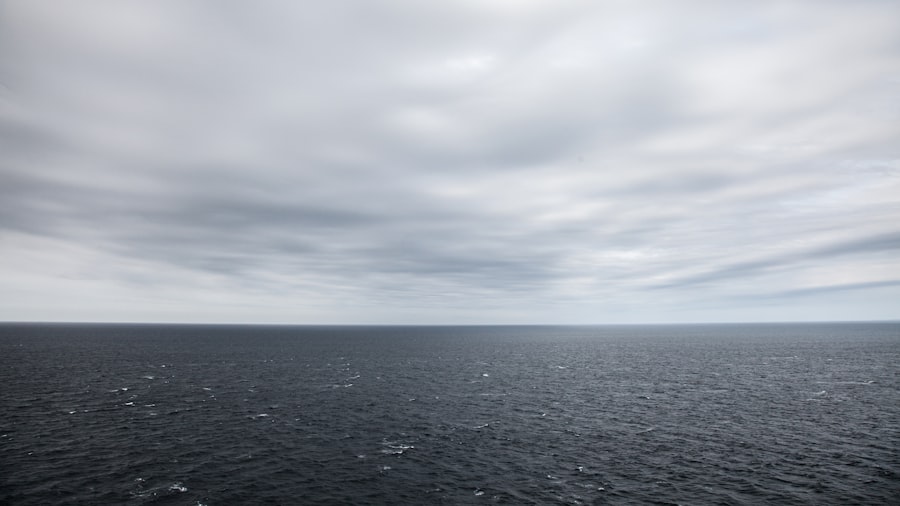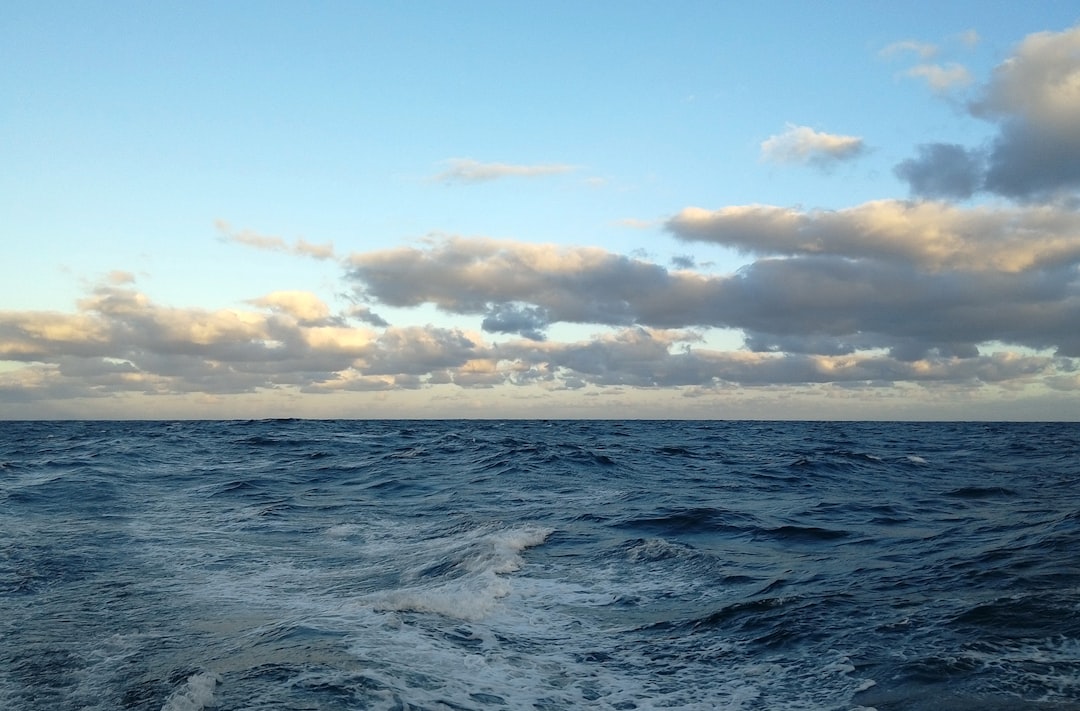The Drake Passage, a body of water that separates South America from Antarctica, is renowned for its tumultuous seas and unpredictable weather. Named after the English explorer Sir Francis Drake, this passage is often considered one of the most challenging maritime routes in the world. Stretching approximately 600 kilometers (370 miles) between Cape Horn and the Antarctic Peninsula, the Drake Passage serves as a critical gateway for vessels traveling to and from the icy continent.
Its waters are characterized by strong currents, high winds, and a unique convergence of oceanic ecosystems, making it a focal point for adventurers and researchers alike. Navigating the Drake Passage is not merely a logistical endeavor; it is an experience steeped in history and natural wonder. The passage has long been a site of exploration, where sailors have faced the raw power of nature.
For those who dare to traverse these waters, the journey offers a glimpse into the untamed beauty of the Southern Ocean and the opportunity to witness some of the planet’s most remarkable wildlife. However, this adventure comes with its own set of challenges, particularly in November, when conditions can be particularly volatile.
Key Takeaways
- The Drake Passage is a body of water between South America’s Cape Horn and the South Shetland Islands of Antarctica, known for its challenging sailing conditions.
- Weather conditions in the Drake Passage in November can be unpredictable, with strong winds, rough seas, and potential for snow and sleet.
- Proper preparation for navigating the Drake Passage in November is crucial, including checking equipment, securing loose items, and ensuring all crew members are briefed on safety procedures.
- Tips for staying safe while crossing the Drake Passage in November include wearing appropriate clothing, staying hydrated, and following the instructions of experienced crew members.
- Wildlife sightings in the Drake Passage in November may include various species of whales, seals, and seabirds, providing unique opportunities for wildlife enthusiasts.
Weather conditions in the Drake Passage in November
November marks the beginning of the austral summer, bringing with it a shift in weather patterns across the Drake Passage. During this month, temperatures begin to rise, with average highs reaching around 5°C (41°F) and lows dipping to about -1°C (30°F). While these temperatures may seem mild compared to the depths of winter, they can be deceptive.
The weather in the Drake Passage is notoriously unpredictable, with sudden storms capable of arising without warning. Sailors must remain vigilant and prepared for rapid changes in conditions. Wind speeds in November can vary significantly, often exceeding 30 knots, which can create challenging sea states.
The combination of wind and current can lead to steep waves, making navigation difficult. Additionally, fog and rain are common during this time of year, further complicating visibility and safety. Understanding these weather patterns is crucial for anyone planning to cross the Drake Passage in November, as they can greatly influence both the journey’s duration and overall safety.
Importance of proper preparation for navigating the Drake Passage in November

Proper preparation is essential for anyone intending to navigate the Drake Passage in November. The unpredictable nature of the weather demands that sailors equip themselves with not only the right gear but also a thorough understanding of their vessel’s capabilities. This preparation begins long before departure, with careful planning and consideration of potential weather scenarios.
Knowledge of local forecasts and historical weather patterns can provide valuable insights into what to expect during the crossing. Moreover, physical and mental preparation cannot be overlooked. The challenges posed by the Drake Passage require sailors to be in good health and ready to face potential discomforts associated with rough seas.
This includes being mentally prepared for the possibility of seasickness and fatigue.
Tips for staying safe while crossing the Drake Passage in November
| Tip | Description |
|---|---|
| Check the weather forecast | Before crossing the Drake Passage, make sure to check the weather forecast to be prepared for any potential rough seas or storms. |
| Wear appropriate clothing | November can bring cold and windy conditions, so it’s important to dress in warm, waterproof layers and wear sturdy, non-slip footwear. |
| Stay hydrated | It’s essential to drink plenty of water to stay hydrated, especially in the dry, cold air of the Drake Passage. |
| Follow crew instructions | Listen to the crew’s safety instructions and follow their guidance for navigating the passage safely. |
| Secure belongings | Make sure to secure any loose items to prevent them from falling or getting lost in the windy conditions. |
Safety should always be a top priority when crossing the Drake Passage, especially in November when conditions can be particularly treacherous. One of the most important tips for ensuring safety is to stay informed about weather updates throughout the journey. Utilizing reliable weather forecasting tools and maintaining communication with other vessels can help sailors anticipate changes in conditions and adjust their plans accordingly.
Additionally, it is crucial to ensure that all safety equipment is in good working order before setting sail. This includes life jackets, flares, first aid kits, and emergency beacons. Crew members should also be familiar with emergency procedures and protocols in case of an unexpected situation.
Regular drills can help reinforce these procedures and ensure that everyone on board knows their role in maintaining safety during the crossing.
Wildlife sightings in the Drake Passage in November
One of the most enchanting aspects of crossing the Drake Passage in November is the opportunity to witness an array of wildlife that thrives in these waters. As summer approaches in Antarctica, many species begin their migratory patterns, making this an ideal time for wildlife enthusiasts to embark on their journey. Sailors may encounter a variety of seabirds, including albatrosses and petrels, soaring gracefully above the waves.
In addition to avian life, marine mammals such as whales are often spotted during this time. Humpback whales, orcas, and even minke whales can be seen breaching or swimming alongside vessels as they navigate through the passage. The sighting of these majestic creatures adds an unforgettable dimension to the experience, reminding travelers of the rich biodiversity that exists within this remote region.
Navigation and route planning for crossing the Drake Passage in November

Effective navigation and route planning are critical components of successfully crossing the Drake Passage in November. Given its reputation for unpredictable weather and strong currents, sailors must carefully chart their course before setting out. Utilizing advanced navigation tools such as GPS systems and nautical charts can aid in plotting a safe route while accounting for potential hazards.
Additionally, understanding tidal patterns and ocean currents is essential for optimizing travel time and ensuring safety. Mariners should familiarize themselves with local navigational aids and be prepared to make adjustments to their course based on real-time conditions. Collaborating with experienced crew members or seeking advice from seasoned sailors who have crossed the passage can also provide valuable insights into effective navigation strategies.
Equipment and gear needed for navigating the Drake Passage in November
When preparing for a crossing of the Drake Passage in November, having the right equipment and gear is paramount. Sailors should invest in high-quality waterproof clothing designed to withstand cold temperatures and harsh conditions. Layering is key; thermal base layers, insulated mid-layers, and durable outer shells can help maintain body heat while providing protection from wind and moisture.
In addition to clothing, essential gear includes sturdy footwear with good grip for wet surfaces, as well as gloves and hats to protect extremities from cold exposure. Safety equipment such as life rafts, emergency flares, and communication devices should also be readily accessible on board. A well-stocked first aid kit is vital for addressing any potential injuries or health issues that may arise during the journey.
Potential challenges and obstacles when crossing the Drake Passage in November
Crossing the Drake Passage in November presents several challenges that sailors must be prepared to face. One significant obstacle is the potential for severe weather conditions that can arise unexpectedly. Storms may develop rapidly, leading to high waves and strong winds that can test even experienced mariners’ skills.
Navigating through these conditions requires not only technical proficiency but also a deep understanding of one’s vessel’s capabilities. Another challenge lies in managing seasickness, which can affect crew members regardless of their sailing experience. The combination of rough seas and anxiety about navigating such a notorious passage can exacerbate feelings of nausea.
Therefore, having strategies in place to address seasickness is crucial for maintaining morale and ensuring that all crew members remain functional throughout the journey.
Best practices for managing seasickness while crossing the Drake Passage in November
Managing seasickness effectively is essential for ensuring a smooth crossing of the Drake Passage in November. One of the best practices involves preparing ahead of time by familiarizing oneself with various remedies available for motion sickness. Over-the-counter medications such as meclizine or dimenhydrinate can be effective when taken before symptoms arise.
In addition to medication, employing natural remedies can also help alleviate symptoms. Ginger tea or ginger candies are popular choices among sailors seeking relief from nausea. Staying hydrated and consuming light snacks can also mitigate feelings of discomfort during rough seas.
Furthermore, finding a stable position on board—preferably near the center of the vessel—can help reduce motion sensitivity.
Recommended activities and excursions during a November crossing of the Drake Passage
While crossing the Drake Passage may primarily focus on navigation and safety, there are numerous activities and excursions that travelers can enjoy during their journey in November. For those interested in wildlife observation, dedicated excursions can be organized to enhance opportunities for spotting seabirds and marine mammals along the way. Guided tours led by knowledgeable naturalists can provide valuable insights into the unique ecosystems present in these waters.
Additionally, many vessels offer educational programs on board that delve into topics such as Antarctic history, geology, and climate change. Engaging with these programs not only enriches the travel experience but also fosters a deeper appreciation for the environment being traversed. For those seeking adventure beyond wildlife watching, opportunities for kayaking or small boat excursions may also be available during calmer periods.
Reflecting on the experience of navigating the Drake Passage in November
Navigating the Drake Passage in November is an experience that leaves an indelible mark on those who undertake it. The combination of breathtaking natural beauty, exhilarating wildlife encounters, and formidable challenges creates a journey unlike any other. As sailors reflect on their crossing, they often find themselves filled with a sense of accomplishment for having faced one of nature’s most formidable maritime routes.
The lessons learned during this adventure extend beyond navigation skills; they encompass resilience, teamwork, and respect for the power of nature. Each wave that crashes against the hull serves as a reminder of both vulnerability and strength—a duality that defines not only sailing but also life itself.
In November, the Drake Passage becomes a focal point for adventurers and researchers alike, as it is one of the most challenging and intriguing maritime routes in the world. For those interested in exploring more about this treacherous yet fascinating body of water, an insightful article can be found on MyGeoQuest. This article delves into the geographical significance and the historical voyages that have traversed this passage. To learn more, you can visit the article by clicking on this
